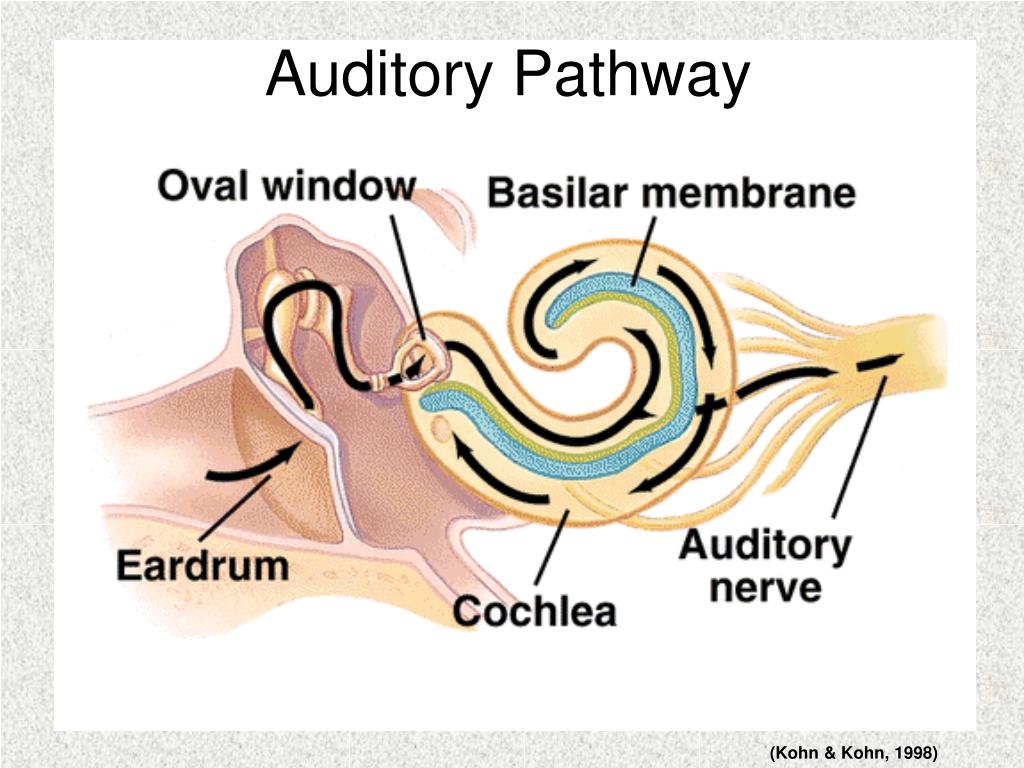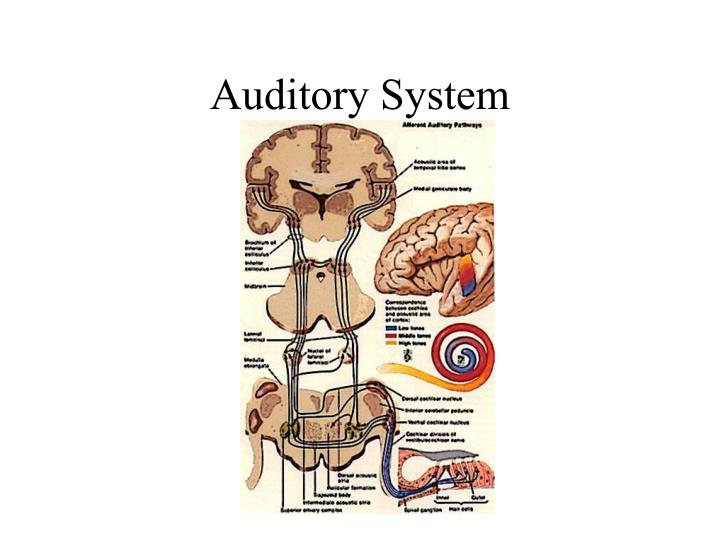

For instance, chickens have a very limited audible range, from 125 to 2000 Hz. The audible range of sound frequencies is between 0 Hz, with greatest sensitivity to those frequencies that fall in the middle of this range.Īs was the case with the visible spectrum, other species show differences in their audible ranges. High-frequency sound waves are perceived as high-pitched sounds, while low-frequency sound waves are perceived as low-pitched sounds. The frequency of a sound wave is associated with our perception of that sound’s pitch. Like light waves, the physical properties of sound waves are associated with various aspects of our perception of sound.

Sound waves travel into our ears at various speeds and amplitudes.

Like the visual system, there is also evidence suggesting that information about auditory recognition and localization is processed in parallel streams (Rauschecker & Tian, 2000 Renier et al., 2009).Īs mentioned above, the vibration of the tympanic membrane is what triggers the sequence of events that lead to our perception of sound.

Auditory information is shuttled to the inferior colliculus, the medial geniculate nucleus of the thalamus, and finally to the auditory cortex in the temporal lobe of the brain for processing. As hair cells become activated, they generate neural impulses that travel along the auditory nerve to the brain. The activation of hair cells is a mechanical process: the stimulation of the hair cell ultimately leads to activation of the cell. The outer hair cells seem to function to mechanically amplify the sound-induced vibrations, whereas the inner hair cells form synapses with the auditory nerve and transduce those vibrations into action potentials, or neural spikes, which are transmitted along the auditory nerve to higher centers of the auditory pathways. The hair cells sense the vibrations by way of their tiny hairs, or stereocillia. The organ of Corti includes three rows of outer hair cells and one row of inner hair cells. Sitting on the basilar membrane is the organ of Corti, which runs the entire length of the basilar membrane from the base (by the oval window) to the apex (the “tip” of the spiral). The basilar membrane is a thin strip of tissue within the cochlea. As the stapes presses into the oval window, the fluid inside the cochlea begins to move, which in turn stimulates hair cells, which are auditory receptor cells of the inner ear embedded in the basilar membrane. As the ossicles move, the stapes presses into a thin membrane of the cochlea known as the oval window. This vibration results in movement of the three ossicles. Sound waves travel along the auditory canal and strike the tympanic membrane, causing it to vibrate. The ear is divided into outer (pinna and tympanic membrane), middle (the three ossicles: malleus, incus, and stapes), and inner (cochlea and basilar membrane) divisions. The cochlea is a fluid-filled, snail-shaped structure that contains the sensory receptor cells (hair cells) of the auditory system (Figure 1).įigure 1. The inner ear contains the semi-circular canals, which are involved in balance and movement (the vestibular sense), and the cochlea. The middle ear contains three tiny bones known as the ossicles, which are named the malleus (or hammer), incus (or anvil), and the stapes (or stirrup). The outer ear includes the pinna, which is the visible part of the ear that protrudes from our heads, the auditory canal, and the tympanic membrane, or eardrum. The ear can be separated into multiple sections. It will include a discussion of how the sensory stimulus is translated into neural impulses, where in the brain that information is processed, how we perceive pitch, and how we know where sound is coming from. This section will provide an overview of the basic anatomy and function of the auditory system. This translates into our ability to hear the sounds of nature, to appreciate the beauty of music, and to communicate with one another through spoken language. Our auditory system converts pressure waves into meaningful sounds. Explain how we encode and perceive pitch and localize sound.Describe the basic anatomy and function of the auditory system.


 0 kommentar(er)
0 kommentar(er)
